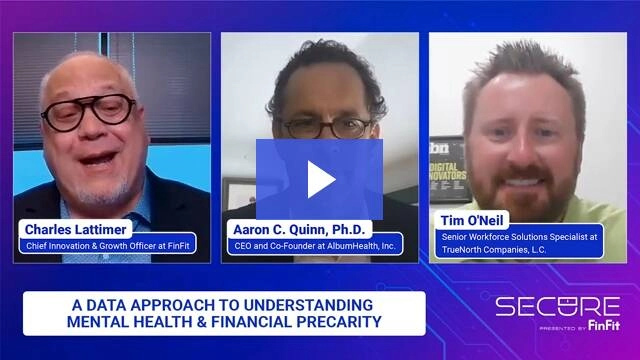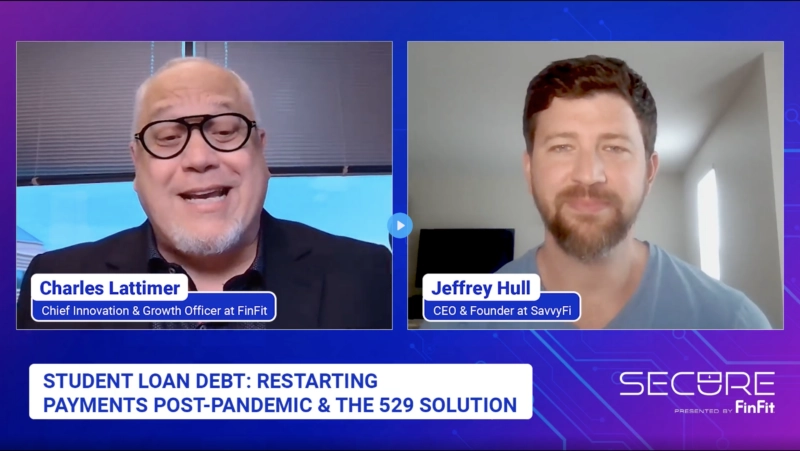Building a Financially Resilient Workforce
Financial education is an ongoing life lesson that people continually have to learn in order to stay abreast of new ways to achieve financial well-being. Financial literacy is important, as it can not only be the saving grace in helping someone save money, but it can also be a factor in employee productivity. It is becoming increasingly vital to workplaces that they also help their workers in achieving financial wellness through a variety of ways.
What are some important factors to consider when it comes to building a financially resilient workforce?
In the debut episode of the podcast Secure, host Charles Lattimer, who is the Chief Health and Wellness officer at FinFit, interviewed Tim O’Neil, the Senior Workforce Solutions Specialist at TrueNorth Companies, and Matt Bahl, Vice President of Market Lead Workplace at Financial Health Network, about the steps and necessities it takes to creating and building a financially resilient workforce, and what the impact of such could mean for employees.
Lattimer, O’Neil, and Bahl further discussed…
- Making workplace investments for better business outcomes
- The benefits of financial educational programs and what that does for employees
- Identifying and catering to specific needs of individual employees
“Everybody is at a different place on their financial journey, and certainly everybody is at a different place in being ready to make lifestyle changes,” said O’Neil.
He added that because everyone’s financial concerns and needs are individualistic, it becomes even more necessary to incorporate variety when approaching education programs. “We definitely didn’t want to take a one-size-fits-all approach. We wanted to have the right program for the right person at the right time, and really leverage data to meet individuals where they’re at.”
Bahl explained that if workplaces put more emphasis on effective programming and their results, rather than just introducing something that won’t have any real effects on employees, they could generate real change.
“I think employers waste a ton of money on solutions that don’t actually improve financial health and wellness, or that don’t actually address the needs of their people, and then they throw their arms and say ‘Well, we did financial wellness,’ and my answer to them is: you didn’t — you put a program in. But financial wellness is the destination in the journey, not necessarily the specific benefit that you’re offering. It’s how do you understand the actual lives of your people, and how do you calibrate that … Focusing on the outcome you’re driving toward to me what financial wellness is,” said Bahl.
Tim O’Neil is the Senior Workforce Solutions Specialist at TrueNorth Companies. He’s been with the company a little over a year. Prior to that he worked as an Executive Director of Employee Experience at Dotdash Meredith for 14 years. O’Neil is also a graduate of the University of Phoenix.
Matt Bahl is the Vice President of Market Lead Workplace at Financial Health Network, where he’s been for the past three years. Before that he worked in a similar role at Prudential Financial. He is a graduate of the SMU Dedman School of Law.




